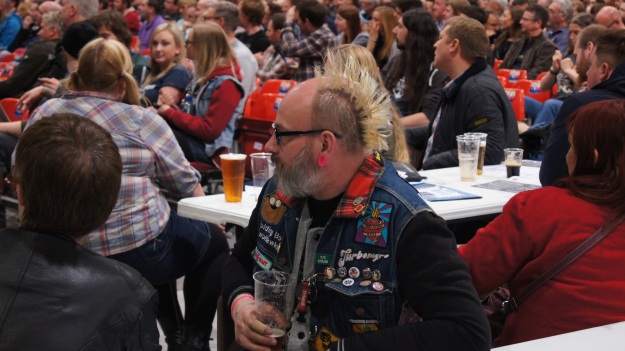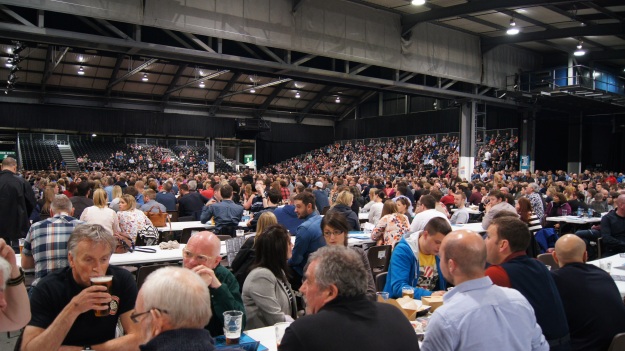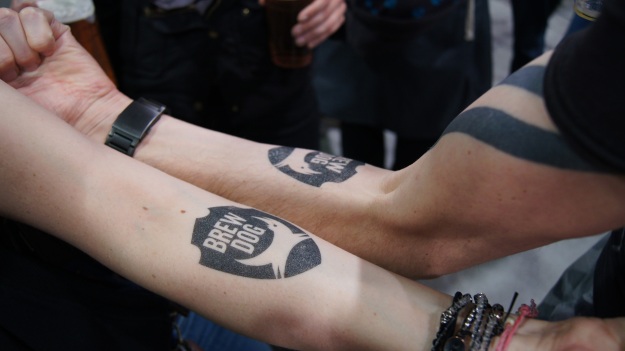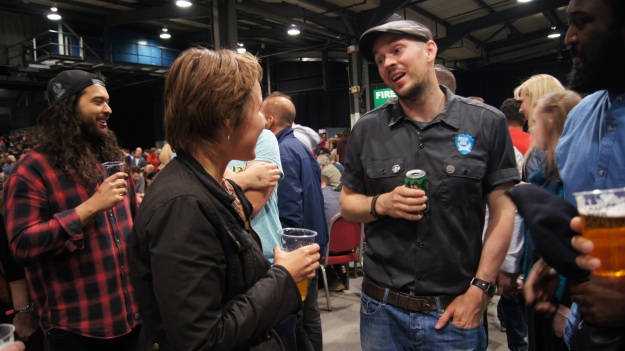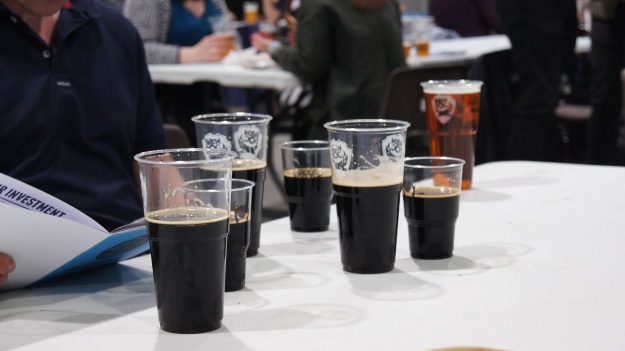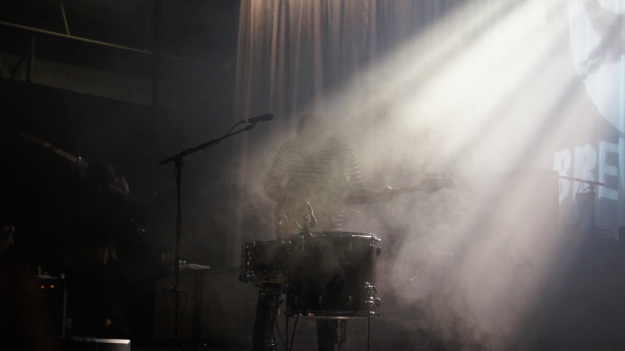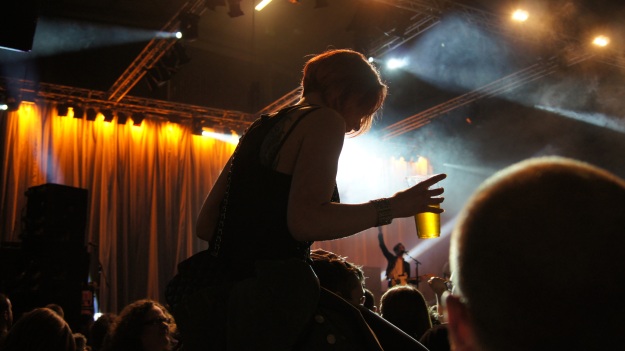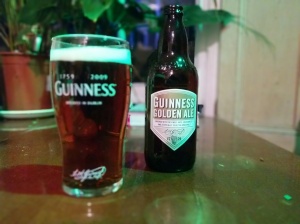By Liz Dodd
Click here to read part one of our beery bike ride
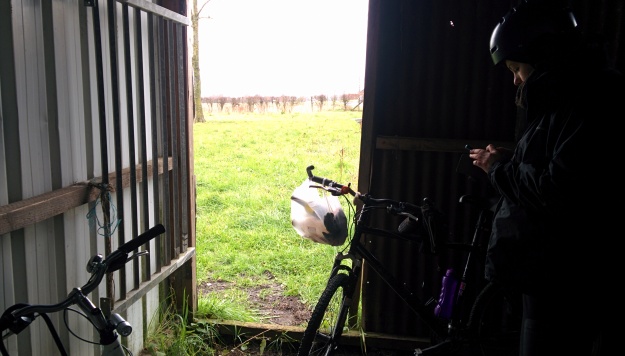
Westvleteren to Roeselare
I lay still inside a horse shed in a Belgian field and listened to the apocalyptic gale outside. It was Wednesday morning and we had 20 miles to ride from Westvleteren, where we’d stopped to try The Best Beer in the World, to Roeselare, home of Rodenbach beer.
We were confident that the day’s ride would be hastened by a tailwind: the asbestos that had come loose from the shack in the night scuttled right in the wind; right is always east if you’re standing up; and we were cycling due east.
After a leisurely breakfast at the Westvleteren bar (Donkerstraat 13;+32 57 40 03 77) we cycled ten minutes into a grinding headwind that no one could have forseen, and that was to dog us for the entire ride, before giving up at a deeply weird but endearing bar in Groen Erf, where locals tried to divert us to a cheese museum. Caffeinated, we made it at least six minutes more before being lured, Odysseus-like, into a local bike shop where, dogged by numbness in my right hand since Dover I bought a pair of handlebar extensions and insisted on fitting them on the roadside.
We entered Roeselare through its admittedly depressing suburbs, in my case about a foot closer to the ground thanks to my oddly rotating handlebars, to discover that Rodenbach Brewery (Spanjestraat 133; +32 51 24 28 36) was closed for a corporate event. Rodenbach offers tours of its brewery for those better prepared than I; email info@rodenbach.be in advance to arrange.
Luckily the unassuming Cafe Krottegem (Koornstraat 80, Roeselare), two minutes away, turned out to be the bar of choice for the brewers themselves, who were so touched that we’d cycled from London to try their beer that they bought us glass after glass of fresh Rodenbach.
My dad always told me that Rodenbach is the best beer in the world. A Flanders Red Ale, it is quite breathtakingly sour, and tastes like all the cherries in the world have been pulverized into it. But that’s an illusion: the beer’s distinctive fruitiness comes from its distinctive, mixed fermentation, which includes the souring bacteria that result from oak-aging. It’s also blended: the Original mixes ¾ old with ¼ young beer; the Grand Cru has over half old beer; and the Vintage is unblended. At a recent tasting session at the Kings Arms in Bethnal Green, east London, Rodenbach’s brewmaster, Rudi Ghequire, described it as the missing link between wine and beer, which sums it up nicely.
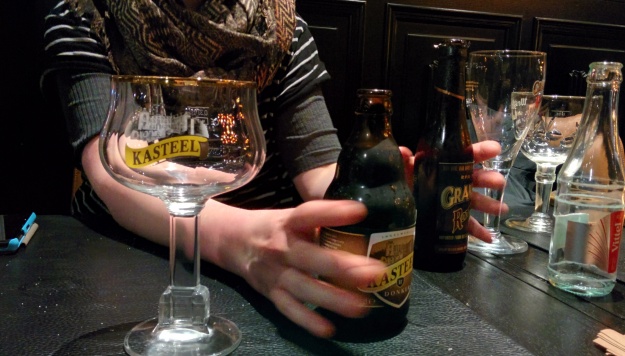
We stayed the night in De Bonte Os Hotel & Tower (Sint-Hubrechtsstraat 14, 8800 Roeselare; +32 51 24 02 15; about £51 for a double), a cyclist-friendly hotel opposite the train station. The current owner, who built the tower, is so proud of it that he has installed both a panoramic elevator and a large neon sign that flashes: Hotel – AND TOWER! This is enormously useful when you stagger home after spending a night sampling the local hooch, as we did at Petrouska, a snug brasserie on the fringe of Roselare’s market square where the beer menu is longer than the food menu. The Kasteel Donker, pictured above being thieved by Miranda, was a particular favourite (Stationsplein 4, 8800 Roeselare; +32 51 20 25 95).
Roeselare to Bruges
Like hungover Rapunzels we stared down at Roselare from our tower-top room the following morning and tried to pick out the route we’d take to Bruges, about 22 miles. Once it split off from the busy N37 the ride was glorious, dancing around spacious forests on the run into Oostkamp. We were at our campsite – Camping Memling (Veltemweg 109, 8310 Brugge; +32 50 35 58 45; about £20 for a pitch per night) – by 3pm, our rattled bones across Bruges’ cobbled streets and beneath its famous belfry by five.
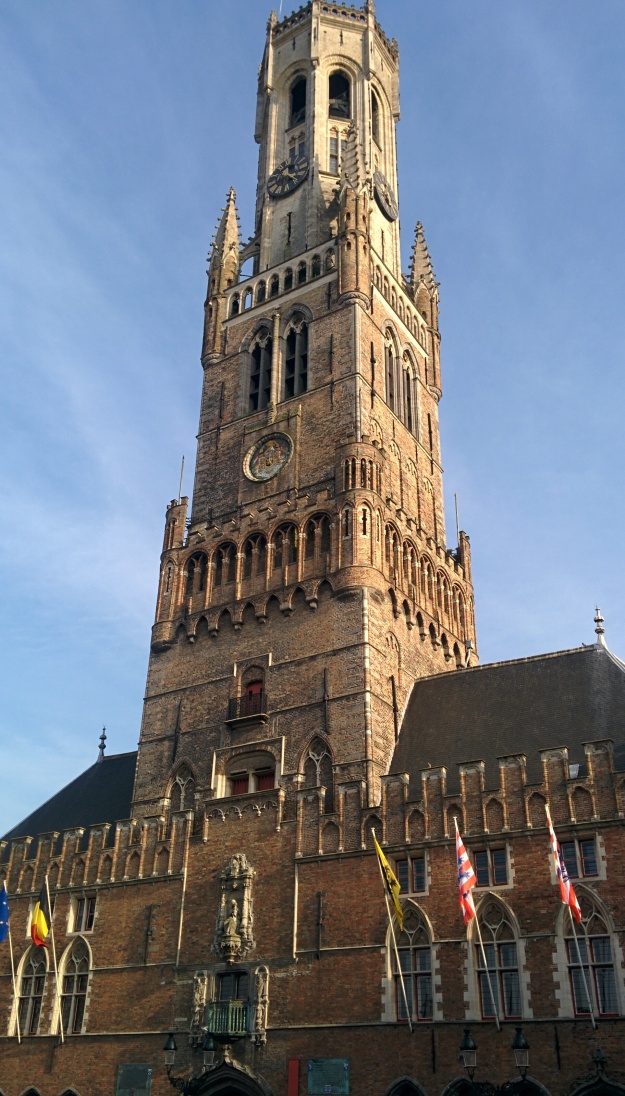
Which, conveniently, is the point in the afternoon when The Trappist (Kuipersstraat 33; +32 475 45 50 66), a central cellar bar that specialises in craft and local beer, opens. Its lovely staff, simultaneously delighted that we had cycled there and horrified, on realising how much we intended to drink, that we might cycle anywhere else, turned me on to Straffe Hendrick, an intensely rich Belgian quad rolling with flavours of oak, berry and chocolate (11 per cent).

We bumped back through Bruges to Lidl and picked up some bottles to drink while we cooked gnocchi on our beer can stove, which turned out to actually just be some small potatoes that we doggedly cooked for 30 minutes (all our meths) in the hopes that they would transform into gnocchi, then mashed up with tomato puree (“It’s like an Italian hash!”) before passing out to the gentle hooting of owls in the surrounding forest.
Bruges – Holland – Dunkirk
It was over lunch at a Greek restaurant in Holland that we realised we had just two days to cover the miles to Dunkirk that had taken us a week riding east.
We’d biked to Sluis, on the border, on our day off. With our baggage left behind in the tent we flew across the strange and misty plains around Bruges – all wild but punctuated by perfectly ordered trees – then hugged the wide canal through pretty Damme to the third country on our tour. We had time for one last, great night – in, unoriginally, The Trappist again – before hunkering down for the longest ride of the holiday: 50 straight miles along the coast to the Bray Dunes, a few miles outside Dunkirk.
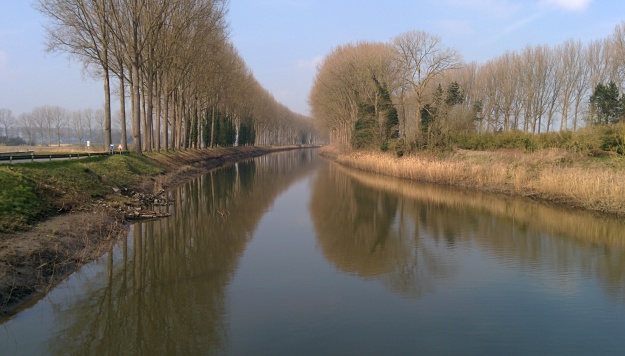
And what a day it was. We set a ferocious pace along the quiet canal that wound northbound from Bruges to the coast, hanging onto the drafts of the scores of roadbike racers, then lunched at a brasserie in Oostend that, like much of that grand, aging seaside town, felt like a location for an Agatha Christie novel. Dodging pedestrians, we followed miles of promenade to France, where Google Maps’ route petered out amid the sand dunes as the sun set.
Our campsite turned out to be a trailer park; abandoned except for detuned radios crackling static from behind locked doors like something out of Silent Hill.
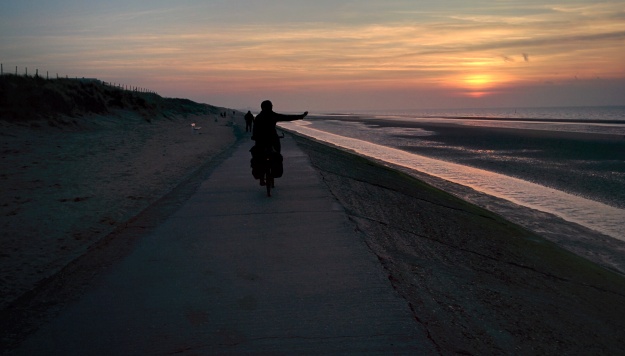
Dunkirk – London
I hesitate to recommend the route Google Maps sent us from Dunkirk to the ferry port, in part because it insistently led us across half-built bridges, and because it is so utterly forsaken and remote that you feel quite sure you will never see a ferry again in your life virtually until you ride straight into one.
But the bleak chemical plants we wound through had their own strange, Gotham City-like beauty, and, hell, it was better than the motorway. We watched Scotland crush France in the Six Nations as we edged across The Channel; then fought our way back to London amid endless rail replacement buses.
It was dark when I arrived home, 250 miles down, bruised and bumped, sleep-deprived, and atop a bicycle that looked like a mangled cross between a tank and a reindeer. Outside in the night the wind and the foxes barked and snow threatened. I’d never considered myself much of an outdoorswoman, but had Miranda not cycled on to Hackney with the tent strapped to her bike, I might very well have zipped up my fleece and joined them.








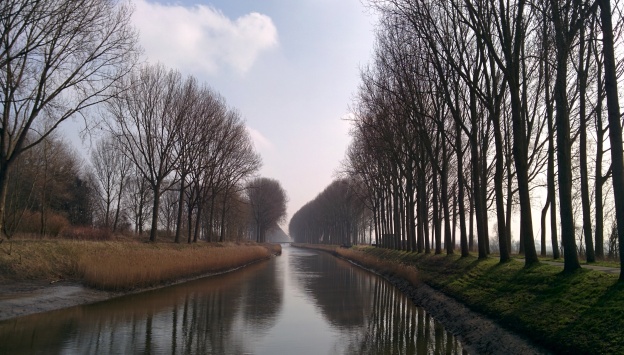





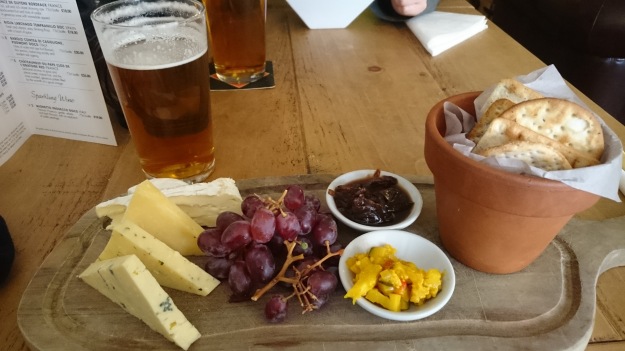
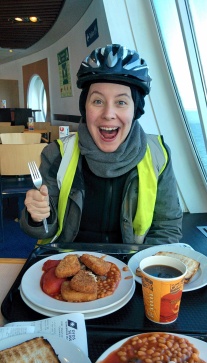




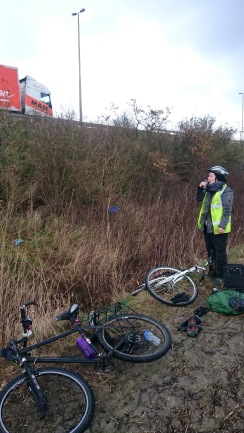
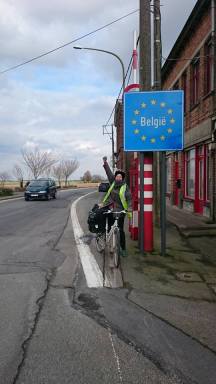




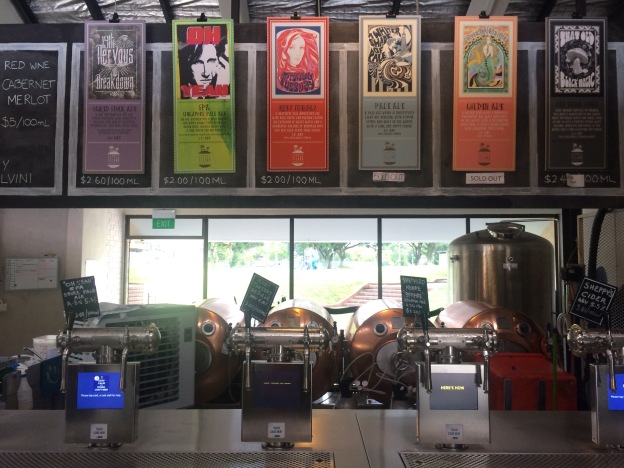

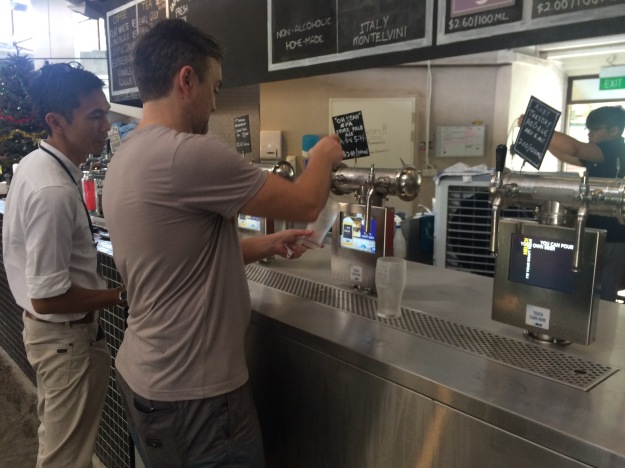





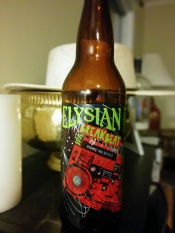
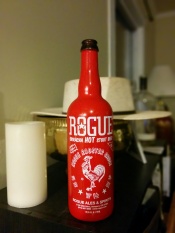
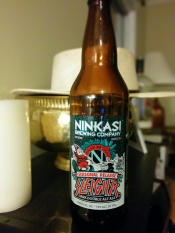 The metal-punnage! The label! This dark double alt from neighbouring Oregon sits atop a sweet, burned sugar malt.
The metal-punnage! The label! This dark double alt from neighbouring Oregon sits atop a sweet, burned sugar malt.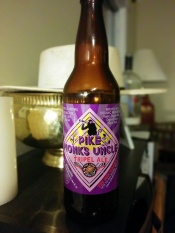


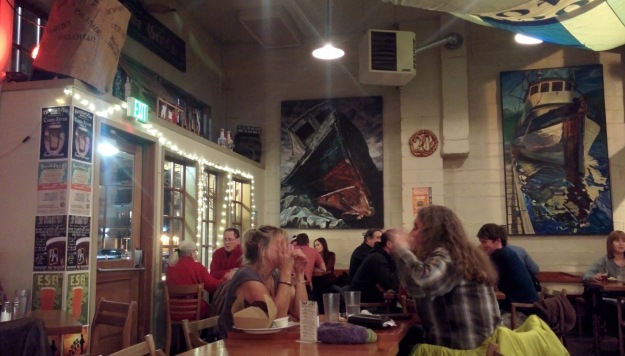
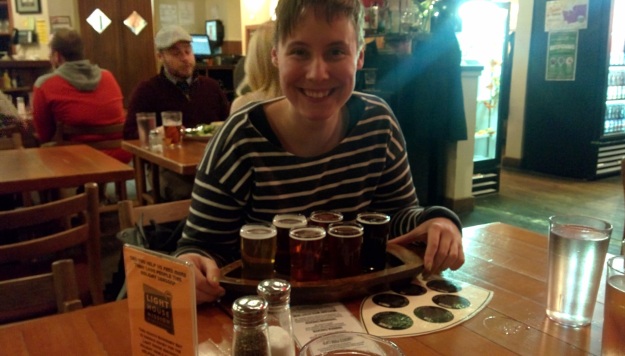
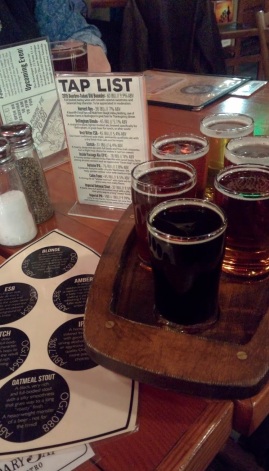 Best Bitter ESB: I’m not generally a fan of bitter (I know, what kind of British beer drinker am I?), but this lovely orange-gold, crystal clear beer was delicious. Some citrus from the subtle hopping, but mostly a smooth, light caramel.
Best Bitter ESB: I’m not generally a fan of bitter (I know, what kind of British beer drinker am I?), but this lovely orange-gold, crystal clear beer was delicious. Some citrus from the subtle hopping, but mostly a smooth, light caramel.
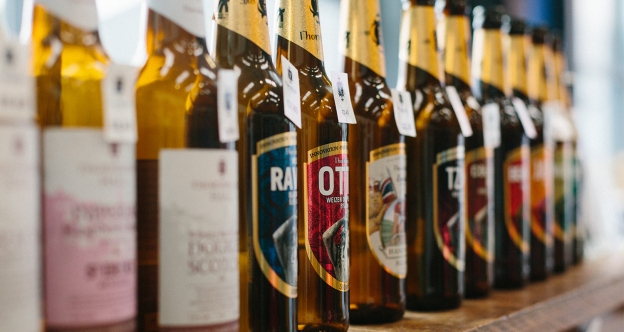
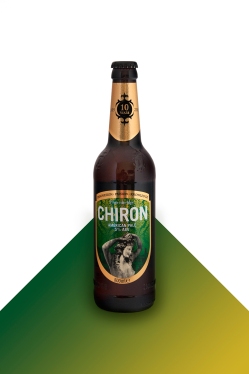
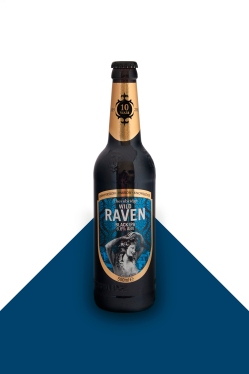
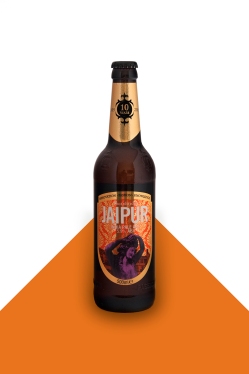

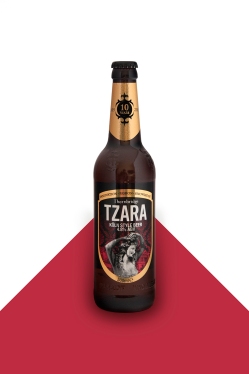
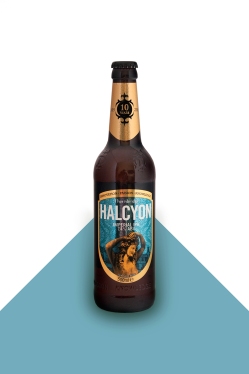
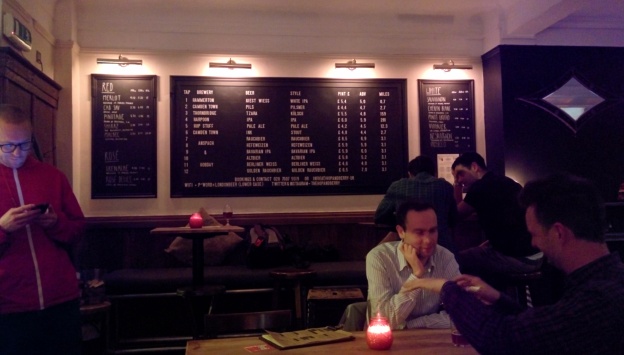
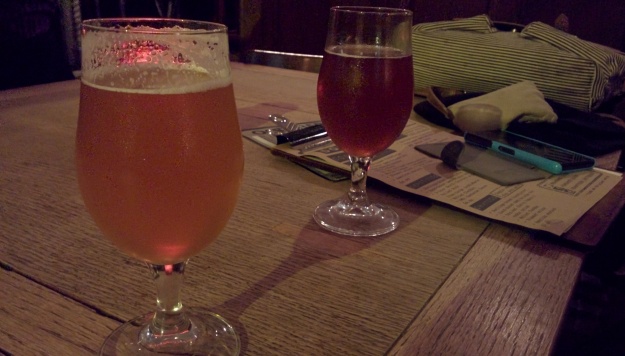
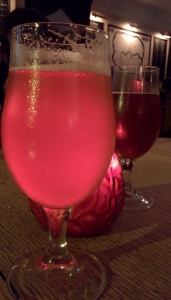 On to the Hefeweizen, which is creamy, herbal and deliciously smooth. Cut its vanilla-banana wheat notes by with the Berliner Weiss, a gloriously sour, refreshing fizz with groves of tropical fruit.
On to the Hefeweizen, which is creamy, herbal and deliciously smooth. Cut its vanilla-banana wheat notes by with the Berliner Weiss, a gloriously sour, refreshing fizz with groves of tropical fruit.

